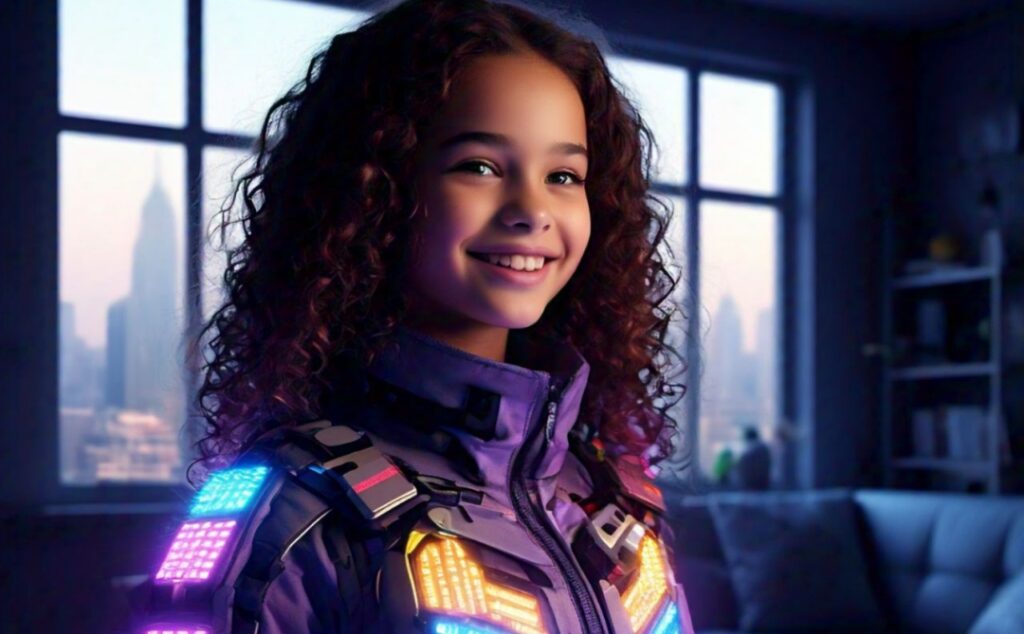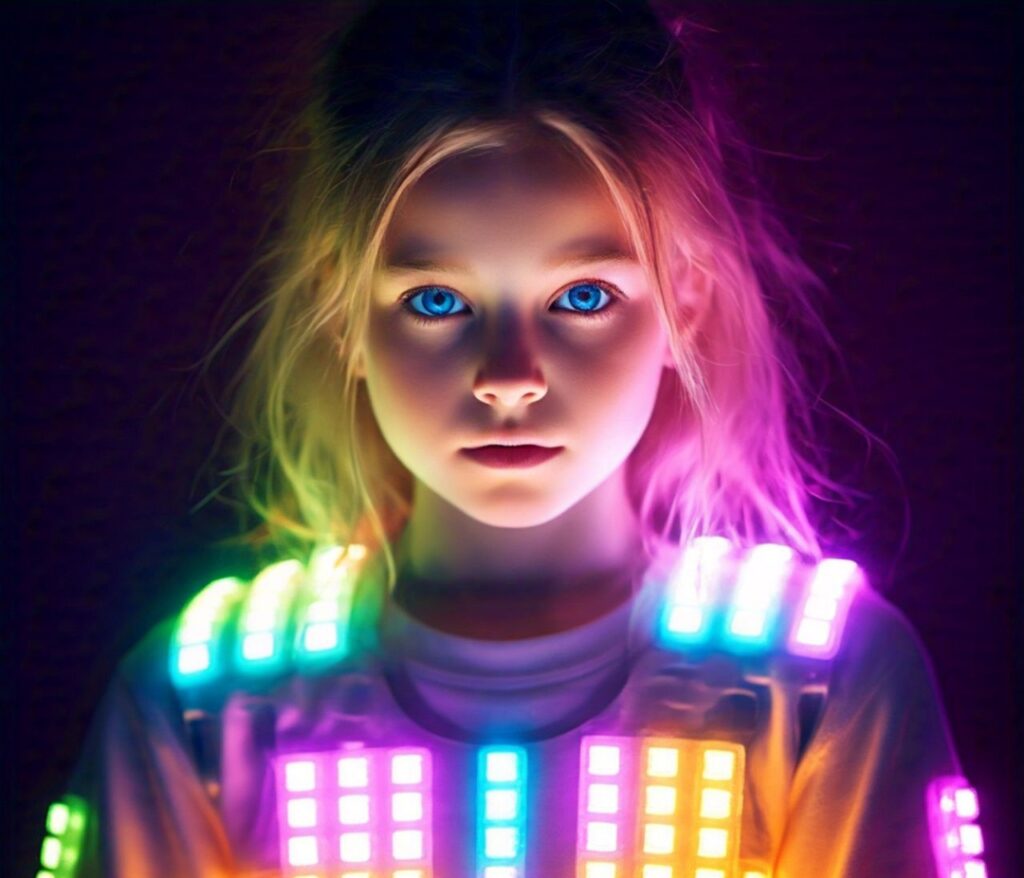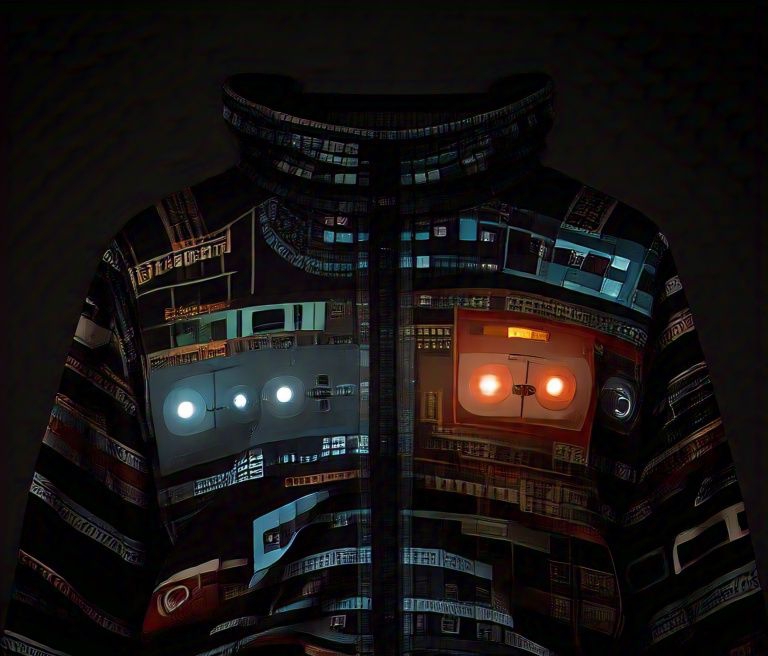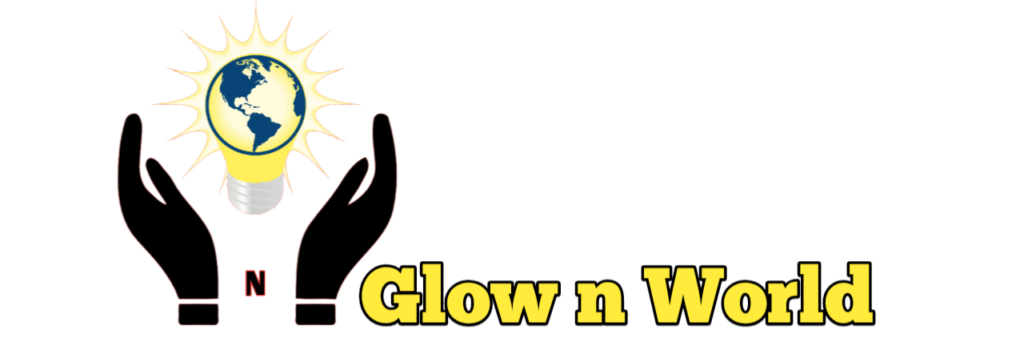1. About Wearable LED Lights for Clothing
One of the innovations in fashion caused by the integration of technology is wearable LED lights for clothes. These lights are not just merely stylish ornaments, they are instruments of safety, creativity, and functionality for individuals and companies. The following guide focuses on the past, present, and potential applications of wearable LEDs.

Flashlights have become very mobile because of wearables and through employing light-emitting diodes or LEDs. From glamorous fashion shows with high-intensity monster lights on the catwalks to structural engineering and night sports, these very small but mighty lights are changing the course of clothing.
Key Features of Wearable LED Lights:
- More portable and small-sized devices
- Environmentally friendly and have low energy consumption
- Free-form patterns and colours on each sports car
- Quality and long-lasting products that are also designed to withstand harsh weather conditions.
2. LED clothing is a comparatively recent develop-ment that has its roots in historical context.
Wearing LEDs was not an immediate way of dressing for people since its inception. Its evolution process started in the late 20th century where LEDs were employed for industrial and commercial applications.
Timeline of LED Technology in Clothing:
- 1962: LEDs were initially developed for application as indicator lights.
- 1990s: The first LED garments were produced in the context of high-tech performances.
- 2000s: Innovations in flexible circuits allowed LED lights to be incorporated into fabrics.
- 2010s and Beyond: Other innovations such as smart textiles and wearable tech later connected LED clothing with applications and sensors.
Pioneers of LED Fashion:
Hussein Chalayan and Anouk Wipprecht also advanced in their works through fusing light-emitting diode light, or LEDs, with sensors, which provided interactivity.
3. The Technical Aspect as Regards the Wearable LED Lights
How LEDs Work
LEDs stands for Light Emitting Diodes which are semiconductors that produce light when an electric current passes through them. They are small and light, have low power consumption, and can be designed in different colors which make them suitable for use in wearable technologies.
Integration with Fabrics
To make LED lights wearable, they must be:
- Flexible: Good for bending and folding without causing harm to the item.
- Lightweight: Comfortable for the wearer.
- Durable: Not prone to being washed or faded easily when used on a daily basis.
Smart Innovations in LED Textiles and Clothing
Modern LED clothing often includes features like:
- App Integration: Regulate colors and patterns with the help of smartphone apps.
- Motion Sensors: Illumination can be activated by motion, which in turn brings about dynamic luminosity.
- Rechargeable Batteries: Portable power for home use that can be charged for extended usage.
4. Advantages of Having Wearable LED Lights on Clothes
a. Enhanced Personal Safety
The most apparent use of wearable LED lights for clothing is safety. Whether you are jogging in the night, cycling in a busy area, or even working during the night, the Led clothing keeps you visible.
b. Fashion Innovation
LED lights offer endless possibilities in creativity. Designers can play with communicative patterns, luminous textiles, and even clothes that react to music or motion.
c. Environmental Benefits
LEDs do not consume much energy, and this makes them environmentally friendly through their efficient use of energy as well as their ability to minimize wastage of energy. Most of the new LED garments that are in the market today are eco-friendly due to the use of materials that are sustainable.
d. Practicality in Everyday Life
From exercising at night to dancing at a festival, LED clothing has multiple uses, thereby making it both fashionable and useful.
5. The following are the main classifications of LED apparels and accessories
a. Embedded LEDs in Textiles
These lights are discretely integrated into the fabric, which gives seamless designs. Frequently seen in clothing designs for the catwalk, they give an ultra-modern appearance.
b. Detachable LED Modules
Suits beginners with moderate sewing skills as detachable modules can be clipped or attached using magnets on existing clothing.
c. Flexible LED Strips
These strips can be attached to other pieces of clothing and that makes it suitable for fashion enthusiasts.
d. Smart LED Systems with Connection to Phone and Tablet Apps
In some cases, LED wearables are on the higher end and can be connected through Bluetooth where the lighting effects can be regulated via mobile applications.
6. Some of the best-known uses and applications of wearable LED light include
Fashion and Entertainment
- Runway Shows: LED clothing is particularly popular in fashion shows as it has the tendency to make an audience hold their breath in anticipation.
- Music Festivals: LED wearables have received much support within the rave culture due to their bright energy.
Sports and Fitness
- Night Running Gear: LED vests and armbands are an essential equipment that cannot be missing in the night running kits.
- Yoga Wearables: LED clothing can also be effective in the promotion of relaxation as it can mimic relaxing patterns.

Safety and Security
- Construction Workers: The use of LED vests and helmets improve visibility at construction sites.
- Emergency Responders: LED gear ensures that the first responders can be seen from a distance.
Special occasions and festivals
Whether it is a wedding ceremony, a carnival, or a parade, LED costumes never fail to make a special event even more magical.
7. DIY: Here is how you can design and make LED Clothing at home
Tools and Materials Needed:
- Tightly bendable flexible LED strips or individually controlled LEDs
- Conductive thread or wires
- A battery power (batteries or USB packs)
- Fabric glue or a sewing kit
Step-by-Step Guide:
1. Select an apparel and create a lighting sequence.
2. Connect the LEDs with the conductive thread or glue them to the required area.
3. Solder conducting wires to the LEDs and connect them to a power source such as batteries.
4. Try the lights out and tweak it as needed.
8. Appropriate Usage of Wearable LED Lights in Various Sectors
Healthcare
- Clothing, enhanced with LED technology, is used in detecting patients’ conditions and helping them in therapy.
Construction
- LED safety vests help to protect persons involved in risky operations due to their high visibility.
Retail and Advertising
- LED wearables serve as versatile tools for dynamic promotional purposes and eye-catching illumination.
Military and Law Enforcement
- LED enhances illumination in armored vehicles and contributes to effective mission announcements on the battlefield.
9. Caring for Wearable LED Lights: Maintenance and Longevity
To keep your LED garments functional and attractive, follow these tips:
- Do not submerge them in water if they are not water resistant.
- Rinse off removable attachments only when necessary and always do so separately from the main body of the equipment.
- One of the biggest risks for the ingredient is that it may degrade due to exposure to heat or moisture; thus, it should be stored in a cool, dry place.
10. Some of the challenges experienced in implementing wearable LED lights includes
- Cost: LED wearable lights are costly especially if they are of good quality.
- Battery Life: Disadvantages are that it can be charged frequently, which may be an inconvenience.
- Durability: It means that not all designs are immune to physical wear and tear.
11. Ethical and environmental implications
As people become more experimental with their body illumination through wearable LED lights, others ponder on the environmental consequences. To meet this social responsibility, brands have to give attention to the use of recyclable materials and designing products that do not require much energy for manufacturing.
12. Trend Analysis of LED Lights in Wearable Devices
Wearable LED lights for clothes have the potential to be popularized in the future with ideas such as self-charging LEDs, biodegradable fabrics, and the integration of Artificial Intelligence in the designs.

13. Conclusion: Lighting the Way
LED lights for clothing are the latest invention that has come to revolutionize the way people look at garments or dresses. They often include structure, protection, and aesthetics which make an array of applications in arts and industry. However, now that technology is ever-evolving, wearable LEDs will definitely continue to be a favorite pick for fashion and technology enthusiasts.
FAQS
1. What are wearable LED lights for clothing, and how do they work?
Answer: Wearable LED lights for clothing are compact light-emitting diodes (LEDs) that are incorporated in fabrics used in clothing or as accessories. They operate by either using batteries or rechargeable packs and are connected by conductive yarns or elastic wiring. Advanced models are equipped with Bluetooth capabilities that enable users to change patterns, colors, and brightness using compatible apps on their mobile devices.
2. What are the primary advantages of wearable LED lights for clothing?
Answer:
- Enhanced Visibility: Perfect when going for a nocturnal jog, biking at night or even working in construction sites.
- Fashion Appeal: Perfect for events or performances, as they give any outfit an electronic and modern feel.
- Customizability: They have the ability to change the color, pattern, and brightness of the screen depending on the user’s want.
- Energy Efficiency: It can be evident that LEDs are energy efficient, which makes them environmentally friendly and can last longer.
3. Can the LED lights be safely worn on the body as accessories or can they pose some risks to the individual using them?
Answer: Contrary to this, wearable LED lights are relatively safe if used appropriately in the following ways. Current designs focus on comfort and safety with some designs employing lightweight and non-heating LEDs. However, users should:
- Make sure wires and batteries are properly insulated and connected.
- Non-waterproof LED garments should not be exposed to moisture.
- Clean and maintain the instrument according to the manufacturer’s guidelines.
4. Which kind of garments can be made with built-in LED illumination?
Answer: Wearable LED lights can be easily incorporated into almost any kind of garment or accessory. Popular examples include:
- Clothing: Coats, trousers, jackets, gowns, hooded sweatshirts, and casual T-shirts.
- Accessories: Hats, gloves, scarves, and shoes.
- Sports Gear: Armbands, vests, and helmets.
- Event Wear: Clothing articles such as suits and other special occasion wears for events such as parties and performances.
5. How long does the battery of the LED clothing last?
Answer: The lifetime of the batteries depends on the type of LED used, the light output and the capacity of the batteries.
- Standard Batteries: Should be able to last for 6-12 hours of successive usage.
- Rechargeable Batteries: Generally provide 8-24 hours of use per charge with variation depending on the LED settings.
- To ensure that the power requirement is manageable for a battery-operated gadget, avoid using high brightness and when not necessary, avoid using the LEDs.
6. How can I maintain and clean LED-enhanced clothing?
Answer: Proper maintenance also plays a crucial role in maximizing the durability of wearable LED lights.
- Cleaning: It is also important to learn that accessories and batteries should be detached before the material is washed. The clothes that have embedded LEDs should be wiped gently with a damp cloth.
- Storage: Keep it cool and dry and ensure that it does not come into contact with fluids of any kind or direct sunlight.
- Inspection: Oversee and monitor connections, wirings and batteries for signs of deterioration.









Pingback: Ultimate Guide: Wearable Lights Made Stylish 2025 - glownworld